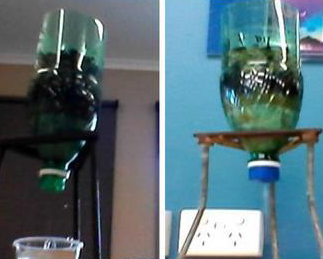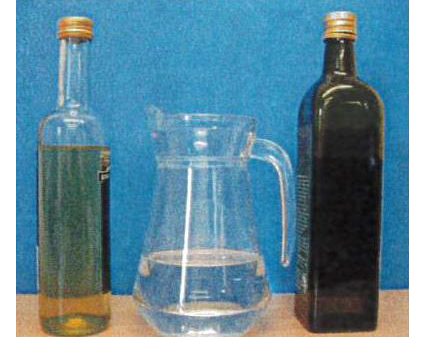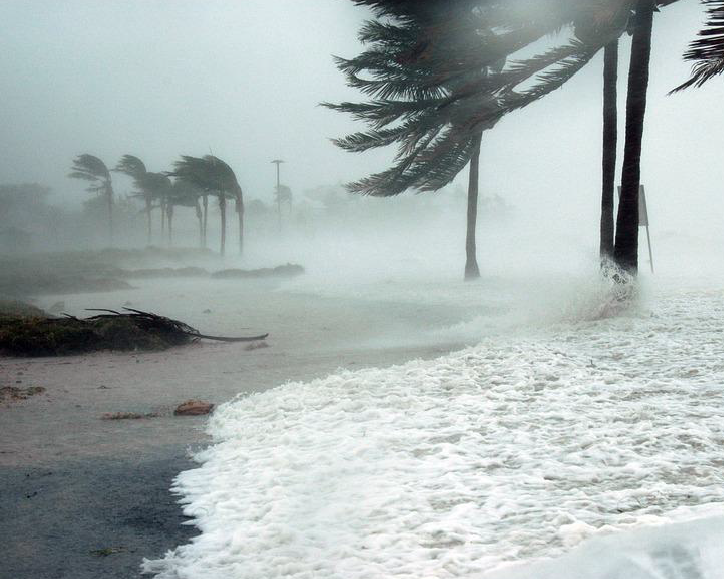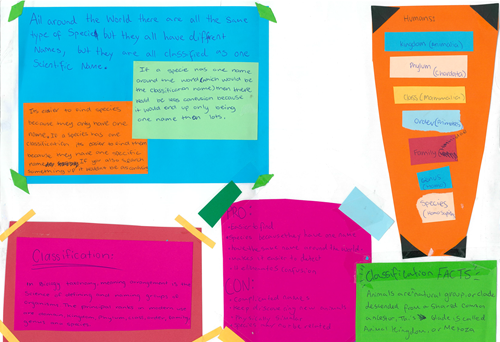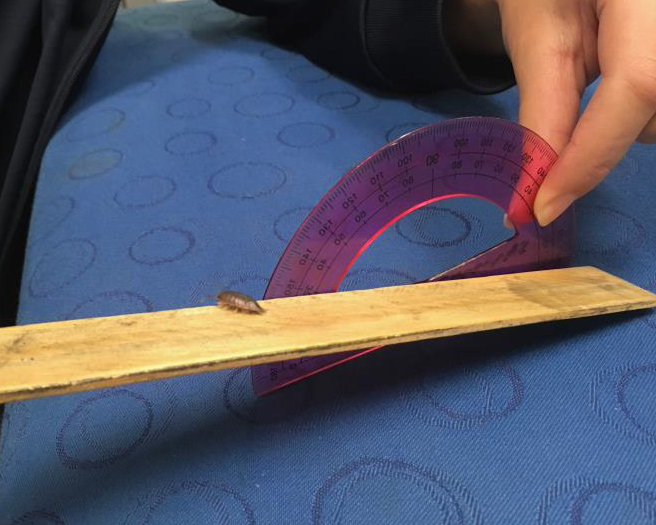Wastewater treatment
Summary of task
Students had investigated the ways in which the Australian Government treats our wastewater, and ways in which we can preserve and protect water resources in Australia. Students had learnt a variety of separation techniques and had researched different water treatment systems.
This task was designed to give students the opportunity to apply their knowledge of separation techniques to a real-life situation. Students were asked to design and construct a model of a wastewater treatment technique and to create a video demonstrating their model and explaining how the technique works. Students could choose from the following water treatment techniques:
- Septic tank
- Water or sewage treatment plant
- Composting toilet.
Students were asked to include labels that identify the different parts of their model and to detail the different separation techniques involved in each step of the process. They were asked to use scientific language when describing the processes and steps involved in their water treatment technique.
Two weeks of class and homework time were allocated to the task; students were encouraged to complete as much of the work as possible during school time. Access to a range of recyclable materials was provided.
